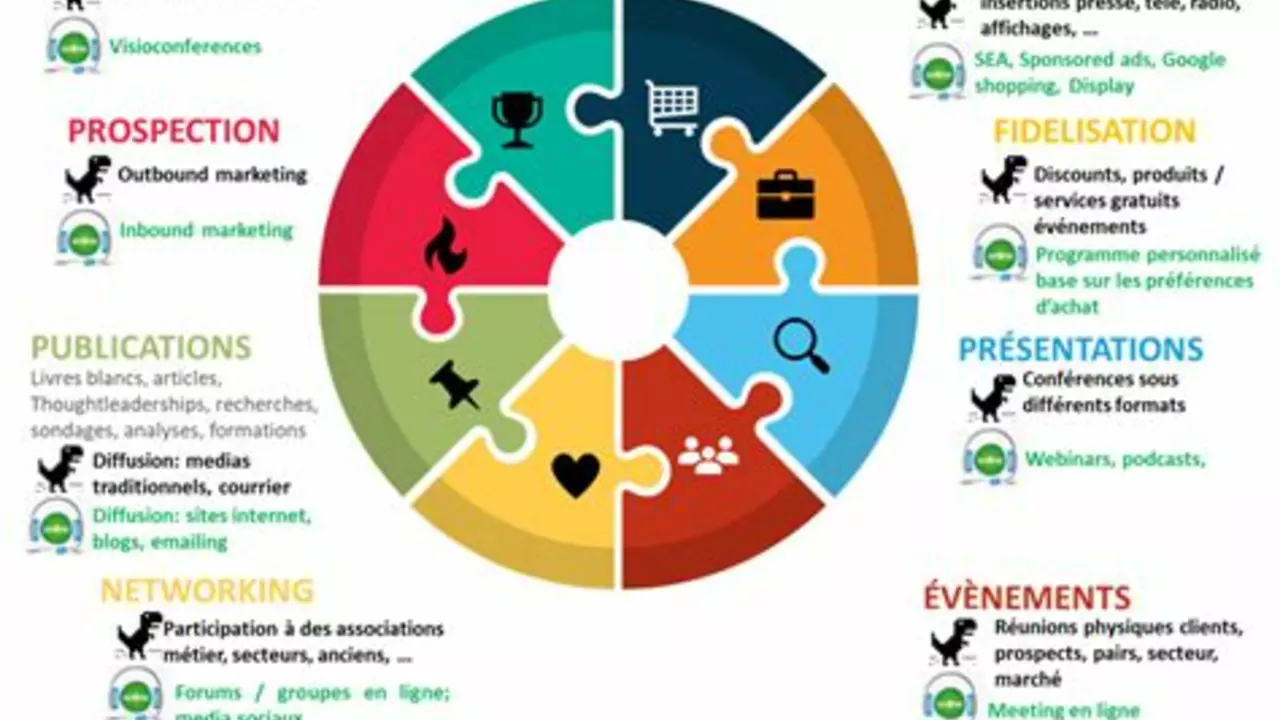
Understanding the Basics of Digital Marketing
Before we dive into the stages of digital marketing, let’s first understand what digital marketing is. Digital marketing refers to all marketing efforts that use electronic devices or the internet. Businesses leverage digital channels such as search engines, social media, email, and their websites to connect with current and prospective customers. It's about reaching out to your target audience in the right place and at the right time. Today, that means meeting them where they are already spending time: on the internet.
Setting Clear Marketing Goals
The first stage in any digital marketing journey is to set clear marketing goals. This stage involves understanding your business and its objectives, then aligning these objectives with your digital marketing goals. Whether it's to increase brand awareness, generate leads, or boost online sales, establishing clear goals is the cornerstone of any successful digital marketing strategy.
Identifying Your Target Audience
Once you have established your goals, it's time to identify your target audience. This involves understanding who your customers are, what they want, how they behave online, and how your business can meet their needs. This stage involves market research and persona creation, which helps in creating content and messages that resonate with your potential customers.
Creating a Content Strategy
The third stage of digital marketing is to create a content strategy. This involves deciding on the types of content you will create, the platforms you will use to share it, and how often you will post. Your content should be designed to attract, engage, and delight your target audience, and guide them towards achieving your marketing goals.
Building a Strong Online Presence
Now that you have your content strategy, it's time to build your online presence. This involves creating a responsive and user-friendly website, setting up accounts on relevant social media platforms, and optimizing your online profiles for SEO. Your online presence is your digital storefront, and it should reflect your brand's image and values.
Implementing SEO Strategies
The next stage is implementing SEO strategies. SEO, or Search Engine Optimization, is a method of making your website more visible on search engines like Google. It involves using keywords relevant to your business and audience, improving site speed and mobile responsiveness, and creating high-quality backlinks. When done right, SEO can help you attract more organic traffic to your website.
Launching Effective Advertising Campaigns
With your online presence established and your SEO strategies in place, it's time to launch your advertising campaigns. This could involve pay-per-click advertising, social media ads, or email marketing campaigns. The key here is to create compelling ads that resonate with your target audience and encourage them to take action.
Engaging and Nurturing Your Audience
The next stage is to engage and nurture your audience. This involves responding to comments and messages, sharing user-generated content, and providing exceptional customer service. Nurturing your audience helps to build relationships and trust, which can lead to increased customer loyalty and advocacy.
Measuring and Analyzing Your Results
No digital marketing strategy is complete without measurement and analysis. This stage involves tracking your key performance indicators (KPIs), analyzing your campaign performance, and making necessary adjustments. By continuously monitoring and improving your strategies, you can ensure that your digital marketing efforts are effective and delivering ROI.
Optimizing and Improving Your Strategies
The final stage is to optimize and improve your strategies based on the insights gained from your analysis. This could involve tweaking your keywords, improving your content, or adjusting your ad campaigns. Remember, digital marketing is not a one-time effort but a continuous process of testing, learning, and optimizing.


